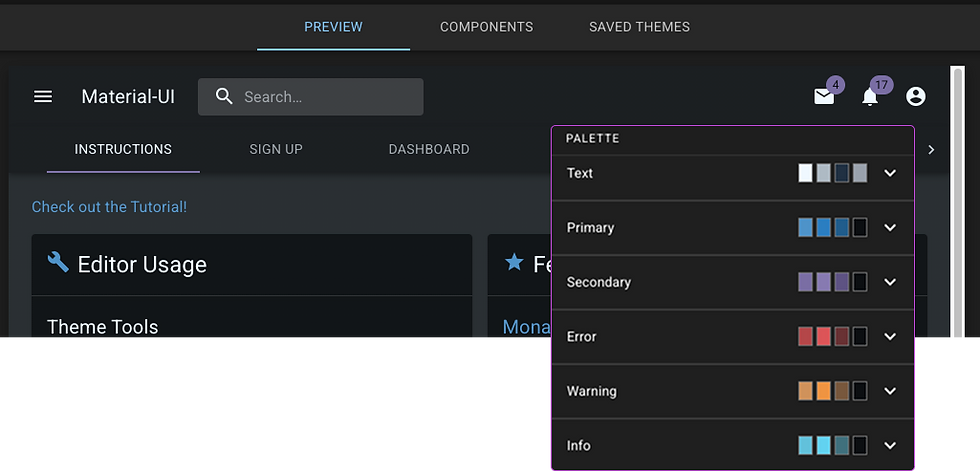Neuro Design Principles
- Curtis Blair
- May 29, 2024
- 2 min read
Updated: Jun 21, 2024
Limited series exploring Neurodiversity Design, article 1/6

Introduction
Neuroscience aims to understand how the brain influences executive functions (focus, attention, memory, perception, bias, etc.). Neuroscience studies how the brain functions and the biological aspects of the nervous system.
Neuroscience integrates with cognitive psychology, which aims to understand the human thought process (learning, thinking, feeling, memorizing, etc.). Cognitive psychology studies how people use their minds to form mental models, social constructs, and cultures. Understanding how the brain functions and how the human mind works helps designers understand user behavior, motivations, and decision-making processes.
Neuro Design
Neuro Design aims to understand how people interact with and respond to environmental stimuli. Nuero Design research leverages methods from various fields to conduct studies in electroencephalography (EEG), functional magnetic resonance imaging (fMRI), biometric measurements, and other fields to observe how the nervous system functions. Neuro Design's relevance to the design field is revealed in user testing, a practice of observing user behavior and gathering feedback to understand the functionality of attention, memory, emotions, and comprehension.
Neuro Design emphasizes design solutions that prioritize Attention, Learning, and Emotions. Design solutions utilize attention to guide the user's interest, which assists with comprehending while making learning easier through visual hierarchy, which improves engagement and produces a positive emotional response.
Neuro Design Principles
Processing Fluency
People like consistency: use familiar patterns, layouts, concise language, and simple images
First Impressions
People make snap judgments: use visual hierarchy to organize content, labels, and friendly tone
Visual Saliency
People are easily distracted: use color, contrast, size, and movement as visual cues leading to calls to action
Emotional Drivers
People are risk-averse: use messaging and feedback to encourage users to explore creating trust and security in the platform's interactions
Behavioral Economics
People are quirky and biased: use concise language and images to reduce complexities, providing a sense of consistency to guide rational problem-solving decisions
An analogy for Neuro Design is Universal Design, which studies a problem space and develops a solution that benefits the most people. Neurodiversity Design is similar to Inclusive Design, which studies a problem space and develops multiple solutions to enable people to use their various capabilities.
Next article: Neurodiversity Design Principles


